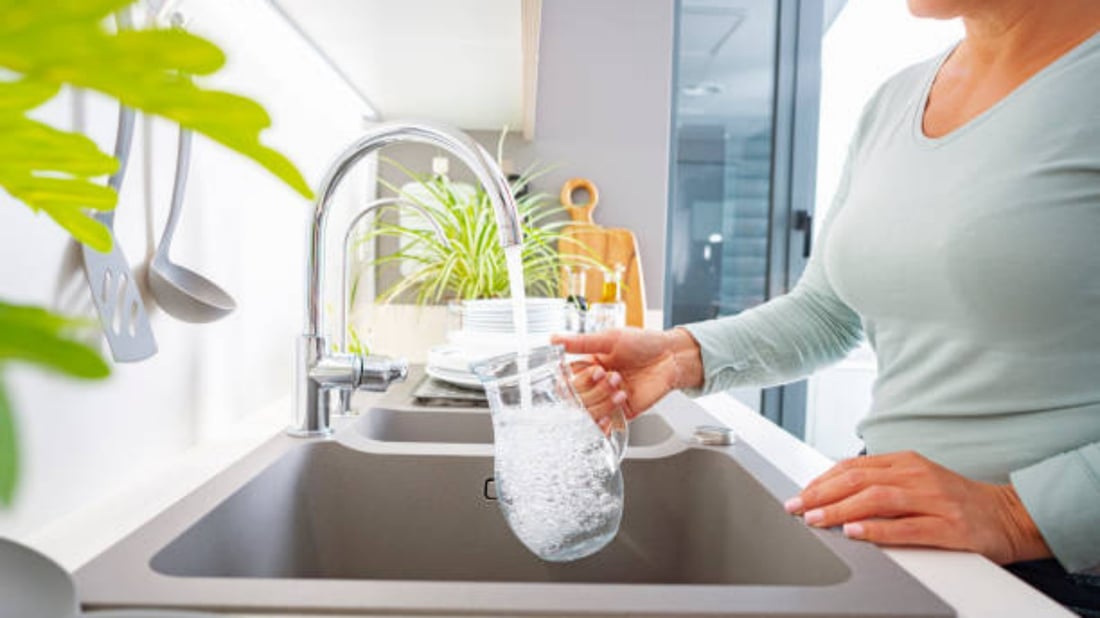How to remove chlorine from tap water: A Comprehensive Guide
Chlorine is commonly used to disinfect tap water and make it safe for consumption. While it is effective in killing harmful bacteria and viruses, many people find the taste and smell of chlorine unpleasant. If you are looking to remove chlorine from your tap water, this article provides a comprehensive guide on various methods you can use.
1. Activated Carbon Filters
Activated carbon filters are highly effective in removing chlorine from tap water. These filters contain activated carbon, which has a large surface area that can adsorb chlorine molecules. When water passes through the filter, the chlorine gets trapped in the carbon, leaving you with chlorine-free water.
2. Vitamin C Filters
Vitamin C filters are another excellent option for removing chlorine from tap water. These filters use ascorbic acid, which reacts with chlorine to neutralize it. The ascorbic acid converts chlorine into a harmless chloride, making the water safe to drink.
3. Boiling Water
Boiling tap water is a simple and effective method to remove chlorine. When you boil water, chlorine evaporates and escapes into the air. However, keep in mind that boiling water does not remove other contaminants, so it's essential to use this method in conjunction with other filtration methods.
4. Distillation
Distillation is a more advanced method of removing chlorine from tap water. In this process, water is heated to create steam, which is then condensed back into liquid form, leaving behind any impurities, including chlorine. Distilled water is free from chlorine, but it's important to note that this method removes all minerals as well.
5. Reverse Osmosis
Reverse osmosis is a highly effective water filtration process that can remove chlorine along with many other contaminants. It works by forcing water through a semipermeable membrane, leaving behind chlorine, bacteria, viruses, and other impurities. Reverse osmosis systems are often installed under the sink and provide clean, chlorine-free drinking water.
6. Activated Alumina Filters
Activated alumina filters are specifically designed to remove chlorine and other impurities from tap water. These filters contain a porous form of aluminum oxide that adsorbs chlorine molecules, effectively purifying the water. Activated alumina filters are commonly used in point-of-entry water treatment systems.
7. UV Water Purifiers
UV water purifiers use ultraviolet light to disinfect water and remove chlorine, bacteria, and viruses. When water is exposed to UV light, it disrupts the DNA of microorganisms, rendering them unable to reproduce and causing them to die. UV water purifiers are an excellent option for chlorine removal, especially for those concerned about chemical-free purification methods.
8. Sodium Bisulfite
Sodium bisulfite is a chemical that can effectively remove chlorine from tap water. It works by chemically neutralizing chlorine, transforming it into chloride. However, it's important to use sodium bisulfite in the correct dosage as instructed, as an excessive amount can alter the taste of the water.
9. Aeration
Aeration is a simple and cost-effective method to remove chlorine from tap water. This process involves exposing water to air, allowing chlorine to naturally dissipate. Aeration can be achieved by pouring water back and forth between two containers or using an aeration device.
10. Charcoal Sticks
Charcoal sticks, also known as binchotan sticks, are a natural and traditional method of chlorine removal. These sticks are made from activated charcoal and can be placed in a water pitcher or bottle. As water passes through the charcoal, it adsorbs chlorine and other impurities, resulting in cleaner and better-tasting water.

